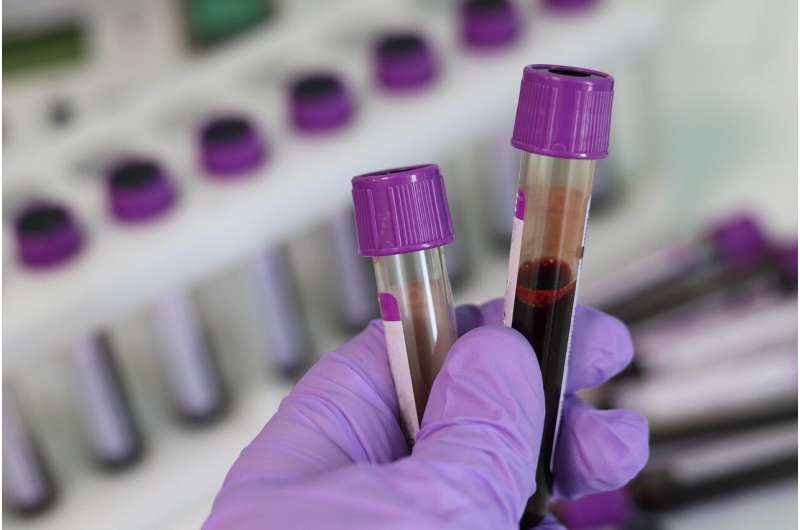Breakthrough in Liver Organoid Technology: Organ-Specific Blood Vessels Created

Researchers have developed a liver organoid capable of self-formation of organ-specific blood vessels, advancing regenerative medicine and treatment options for bleeding disorders.
Scientists from Cincinnati Children's Hospital and collaborating institutions in Japan have achieved a significant milestone in organoid research by developing liver tissue capable of generating its own internal blood vessels. This advancement represents a crucial step toward creating fully functional, transplantable liver tissues in the laboratory. These engineered organoids not only mimic liver architecture but also produce key blood coagulation factors, including Factor VIII, essential for blood clotting. This progress could revolutionize treatments for bleeding disorders such as hemophilia and offer new hope for patients with liver failure. The study, led by Dr. Takanori Takebe, was published in Nature Biomedical Engineering and highlights the successful differentiation of pluripotent stem cells into liver-specific blood vessel progenitors that self-organize into functional sinusoidal vessels. This novel approach overcomes previous limitations related to the size and vascularization of organoids and opens new avenues for personalized medicine, disease modeling, and regenerative therapies. The ability to produce organ-specific blood vessels within liver organoids could also pave the way for developing other complex tissue models and organ repair strategies.
Stay Updated with Mia's Feed
Get the latest health & wellness insights delivered straight to your inbox.
Related Articles
Why Ignoring Cholesterol in Youth Is a Dangerous Misconception
Early management of cholesterol levels is crucial for preventing heart disease and stroke later in life. Learn why young adults should not ignore cholesterol risks and the benefits of early screening and healthy lifestyle choices.
Vaginal Estrogen Tablets Found Safe for Postmenopausal Women After Stroke
New research suggests that vaginal estrogen tablets are safe for postmenopausal women with a history of stroke, showing no increased risk of recurrent ischemic strokes. This offers a promising option for managing menopausal symptoms without elevating stroke risk.
Maternal Selenium Levels During Pregnancy May Lower Risk of Childhood Streptococcal Infections
Higher selenium levels during pregnancy may help protect children from streptococcal infections, supporting immune development. Learn more about this significant study from Japan.
The Future of Immunization: Innovations in Nasal Vaccines
Nasal vaccines offer a promising, needle-free approach to boost immunity against respiratory viruses, with potential to reduce disease severity and transmission. Discover the latest advancements and challenges in this innovative field.



